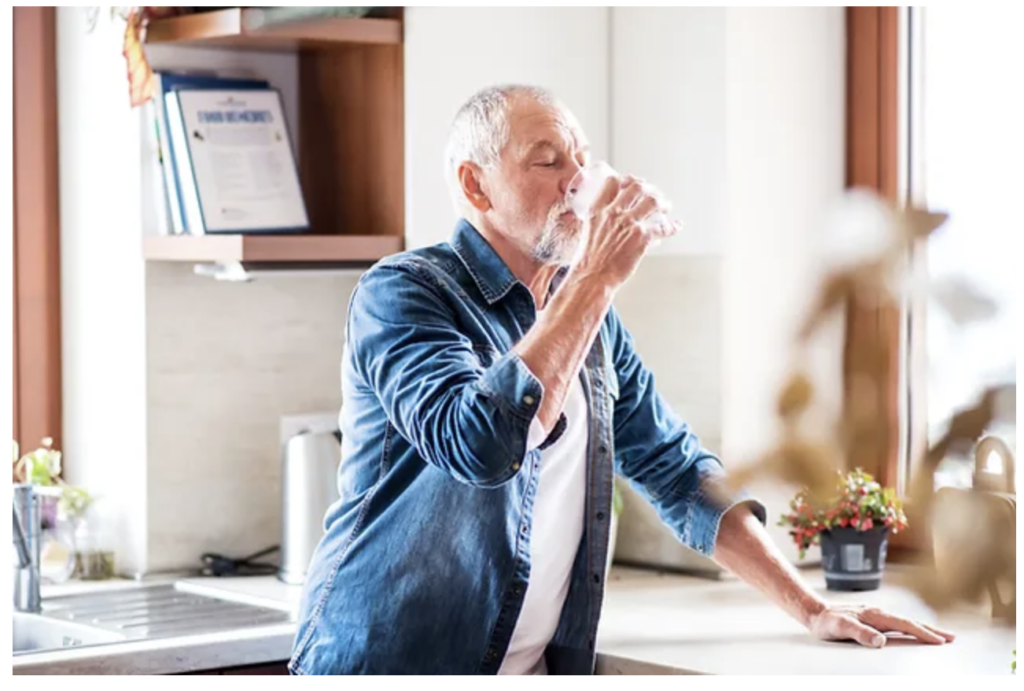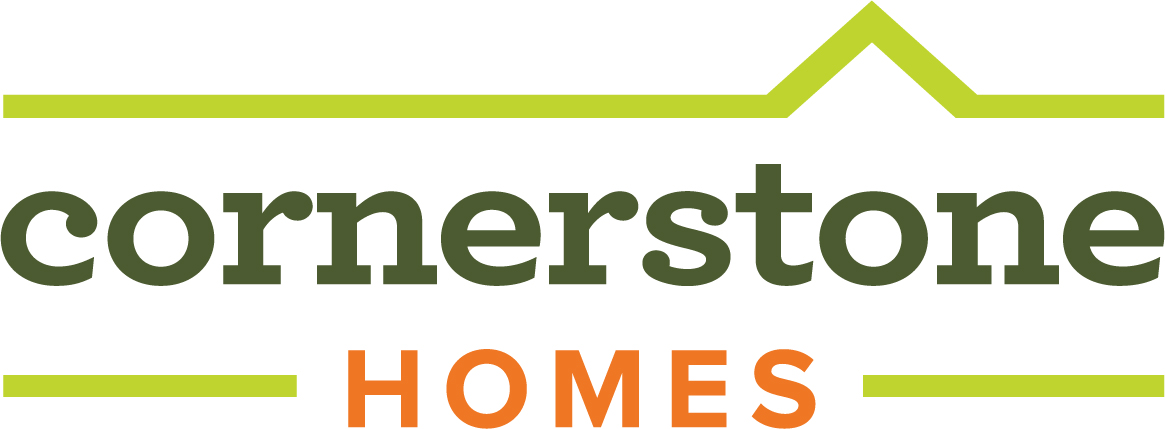Latest Posts
January 22, 2025
Featured Community: Villas at White’s Mill in Abingdon, VA
December 19, 2024
Our Best Tips for Rightsizing Into a New Home
December 5, 2024
Holiday Recipes For Gathering with Friends and Family
November 14, 2024
Practicing Gratitude Can Improve Your Health
November 12, 2024
Fall Outdoor Activities Around Town
October 28, 2024
What is Low Maintenance Living?
October 14, 2024
How to Host a Memorable Thanksgiving Feast in Your Cornerstone Home
October 11, 2024
Sleep Hygiene: Herbs and Routines For a Healthy Sleep Schedule
October 8, 2024
Benefits of An Attached Home: Why It's a Smart Choice for Modern Living
How Mindfulness Can Help Diabetes
Many of us know by now that mindfulness practices, like yoga and meditation, have positive health benefits. But if you’re like me, you might need to know just how these mindfulness practices help in order to convince yourself to adopt a few into your already busy schedule. I’m honestly the worst at remembering to go to a yoga class, read a book, drink water - pretty much all of the things we know to be good for us. So there’s no judgment here. Just a gentle reminder that we can’t heal our bodies without also working to heal our minds and our spirits. So let’s dive in and see just how exactly a new mindfulness practice may help those with diabetes or those at risk for developing diabetes (a category that could easily include every single American).

Studies show that mindfulness exercises have been strongly associated with improvement in glycemic control in patients with type 2 diabetes. With average HbA1c reductions in patients partaking in mindfulness practices being considered clinically significant, these practices, such as yoga, are considered excellent complementary nonpharmacological interventions for patients. Results show that, on average, mind-body practices such as qigong and meditation lead to a reduction in participants’ HbA1c levels by 0.84%. This reduction average increases to about 1% when the mindfulness practice includes yoga. Further, for each additional day of yoga incorporated into the participants’ weekly practice, HbA1c levels decreased by an additional average of 0.22%.1

How?
Researchers are showing an increased association between our body’s stress hormone production, specifically cortisol and adrenaline, and our body’s production of insulin. These previously mentioned mind-body practices help people cope with acute stress and therefore are also capable of positively influencing hormone production. Additionally, faster-paced practices, like yoga, are considered a form of exercise, which also helps positively impact blood glucose levels.
Further, I don’t think anyone would argue that mind-body practices are an act of self-care. By getting in the habit of being in tune with your body and taking care of your total self, many other habits and decisions often change for the better. Better dietary choices are made, better social choices are made, and better habits, like drinking water and getting better quality sleep, are made. All of these practices work synergistically and can improve your health markers over time.

Which practices should we consider?
According to the studies cited above, yoga had the largest positive impact on blood sugar levels overall. However, that doesn’t mean that other mind-body activities aren’t beneficial. Small daily activities like sitting quietly and focusing on your breath can help calm your nervous system. Moments of acute stress may be mitigated by practicing body scan meditations as well as engaging in breathwork.
Links to helpful practices:
- Body Scan Guided Meditation: Body Scan Meditation (15 minutes - audio)
- Guided Qigong Practice: Qigong to Purge and Tonify
- Guided Meditation for Anxiety: 10-Minute Meditation For Anxiety

1.Sanogo F, Xu K, Cortessis VK, Weigensberg MJ, Watanabe RM. Mind- and Body-Based Interventions Improve Glycemic Control in Patients with Type 2 Diabetes: A Systematic Review and Meta-Analysis. J Integr Complement Med. Published online September 7, 2022. doi:10.1089/jicm.2022.0586



